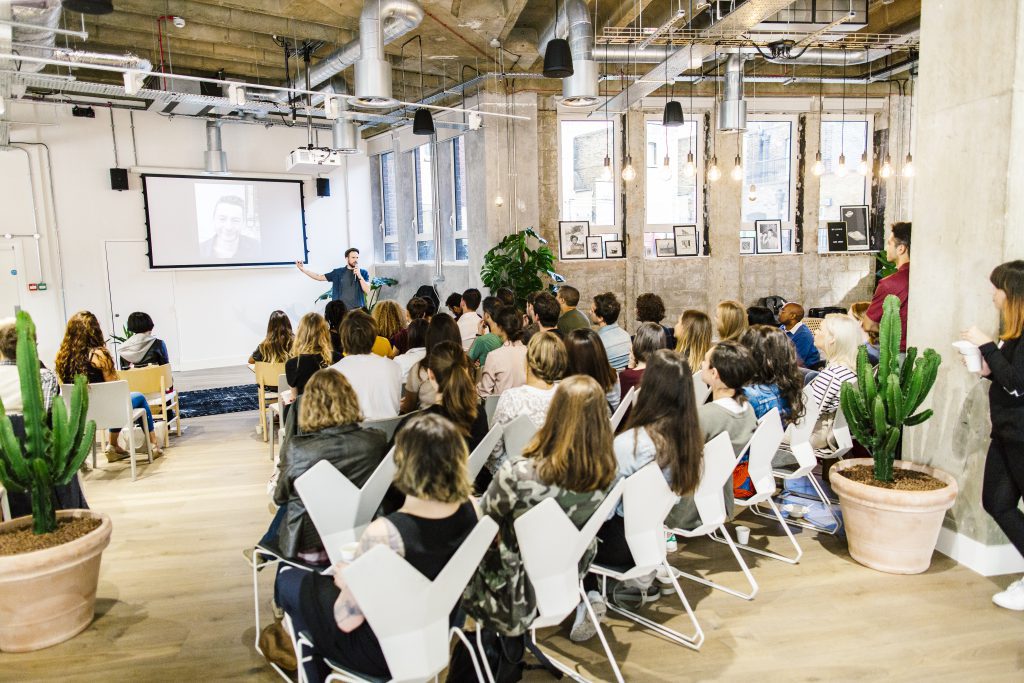How to make your AV budget go further
As the business AV sector continues to grow at speed, the bewildering array of hardware and software on offer means making the right decisions can be challenging.
It’s easy to get influenced by the latest advances in technology, but paying for features and specifications, you’ll never need instantly leads to overspending. Also, you may end up diverting budget away from things that could make a significant impact on the success of your project.
When it comes to investing in AV, the lifecycle cost is often far more critical than the initial purchase price. Taking a step back to focus on a ‘GOALS-FIRST’ approach to AV means you are far more likely to make your budget work harder.

Cryslalising your vision and documenting your goals should enable you to
- make the most of your available budget,
- avoid spending on features you’ll never use,
- ensure the system delivers everything you expect,
- know the system you invest in is scalable,
- arrive at an accurate lifetime cost, and
- protect against the frustrating effects of scope creep.
So the term “we want to use AV to increase profitability” is a useful vision statement, but goals need to be more specific.
8 goals we encounter in the digital transformation business
- Make it easier for people to share knowledge.
- Foster a spirit of inclusion for every member of staff.
- Implement new staff training methods.
- Cut the costs associated with long-distance travel to important meetings.
- Conduct virtual sales meetings and close deals remotely.
- Help people to collaborate more effectively.
- Deliver sales and marketing messages with more significant impact for better results.
- Use interactive content to drive more profound levels of engagement.
Adding objectives to each of your goals means you can quickly create an action plan and start to map requirements to arrive at accurate costs.
6 things that commonly affect AV project cost
01 Screen size, technology and specification
Screen size isn’t the only thing to consider when it comes to price: technology and specification matters as well.
You may come across the acronym LFD (Large Format Display), but this is only an umbrella term for large screens.
LFD’s come with various technologies such as LCD, LED, backlit LED and OLED (organic LED).
Then there’s the specification, such as refresh rate.
The latest technology always costs more but do you need it? Is it wise to pay a hefty premium for the latest 4K display to show content produced in standard HD?
02 Audio quality
We live in a world where sound matters.
Each year, millions of people buy aftermarket headphones for mobile devices, soundbars and surround sound systems for TV’s, and hi-fi upgrades in their cars.
However, just as high-quality audio is appealing, low-quality audio is a strain on the ears.
Balancing the need between audio and visual quality to protect against a negative impact is an important consideration.
03 Durability
Budgets may initially go further by using domestic-quality displays, but this always leads to a false economy.
Business environments place high demands on LFD’s. Commercial-grade components may cost a little more but provide much more durability.
Moreover, the domestic display lifecycle is shorter, meaning that models could become obsolete, making it harder to find replacements and spares.
04 Connectivity
It’s vital to consider connectivity when planning an AV installation. Sometimes, existing broadband and wireless connections may not be fast or resilient enough to ensure a beneficial outcome.
Balancing the budgets to deal with connectivity at the start of the project could reduce the impact of costlier upgrades or system refits down the line.
05 Energy consumption
According to the equipment manufacturer, NEC, the initial purchase price of an LFD represents 30% of lifetime cost. The rest is made up of operational expenses, including energy, maintenance and device management.
Significant long-term savings are achievable by selecting products with low energy consumption, higher reliability and upgradability.
06 Operational parameters
There’s a significant difference between operating an LFD for a couple of hours a day and 18/6 or 24/7.
If a display is not fit for purpose, you can expect a dramatic reduction in image quality. Alternatively, cheaper displays designed for low usage can fail in a matter of a few months if the demands are too high.
About RunTech
RunTech is a pioneering technology and innovation company, helping clients to create meaningful experiences in connected spaces. We deliver AV, voice and data solutions to break down boundaries, overcome distances as a barrier and redefine possibilities in the workplace, hospitality, retail and leisure.

